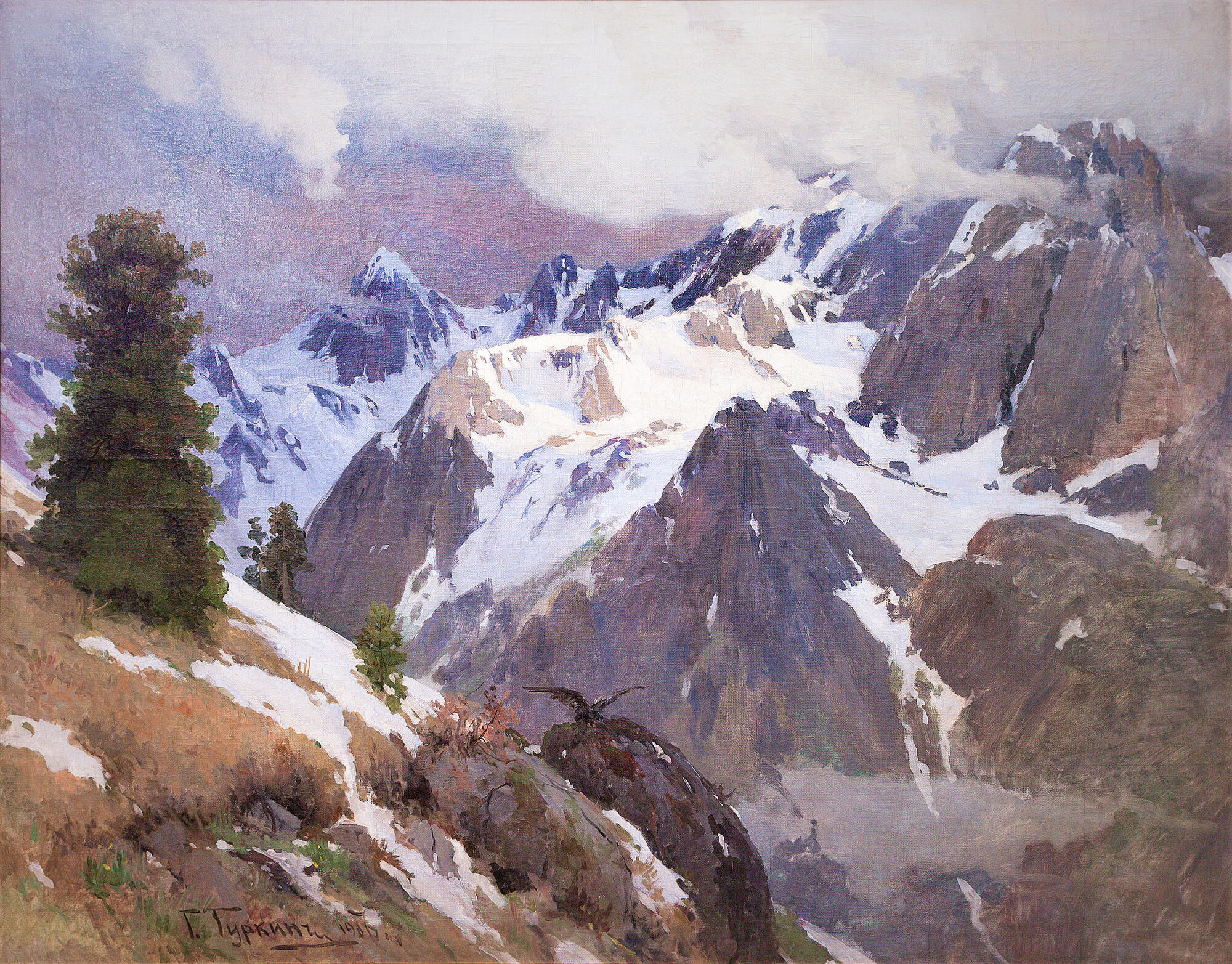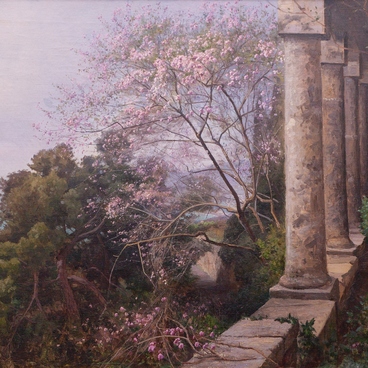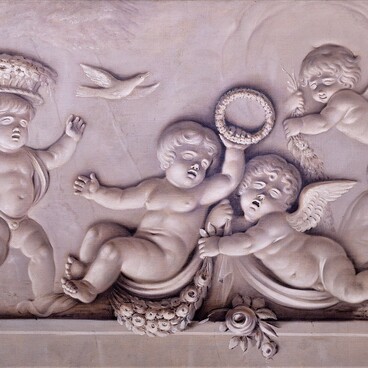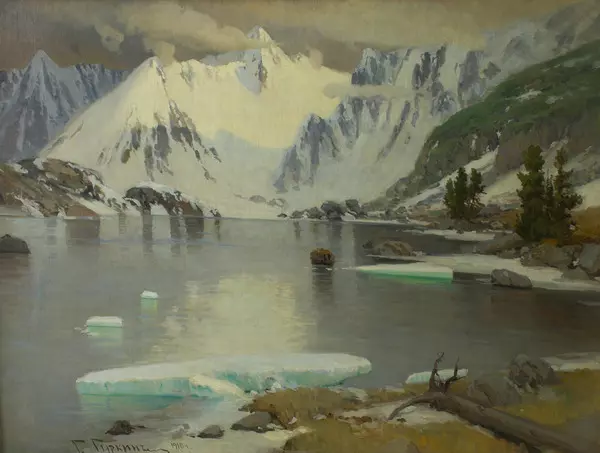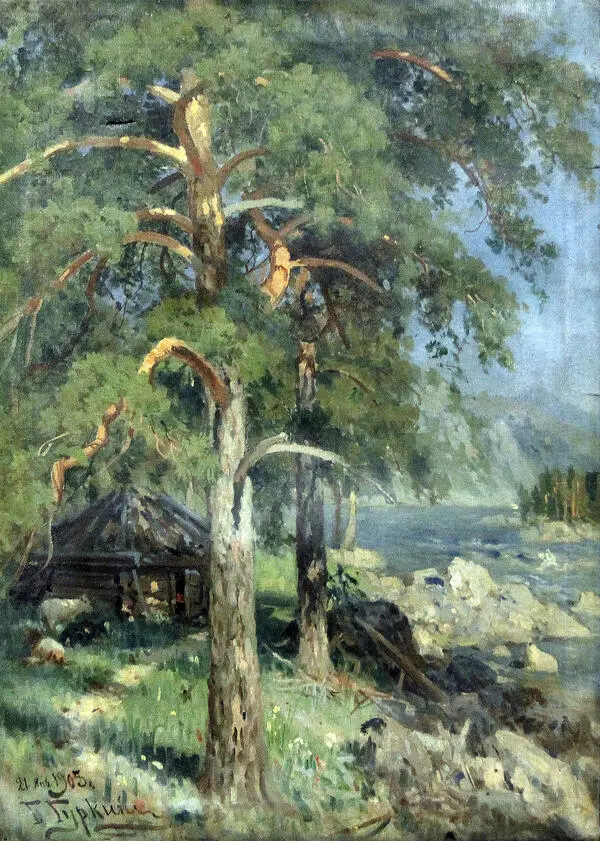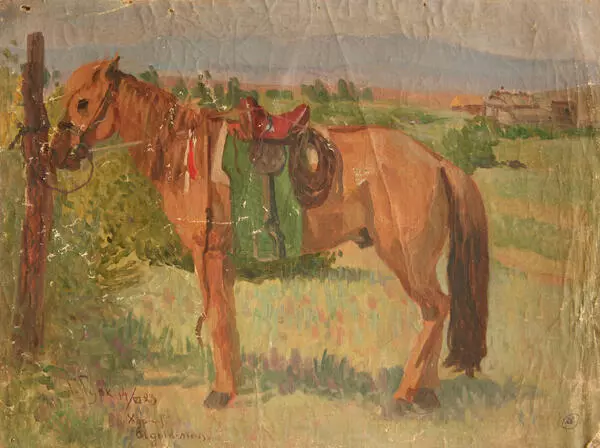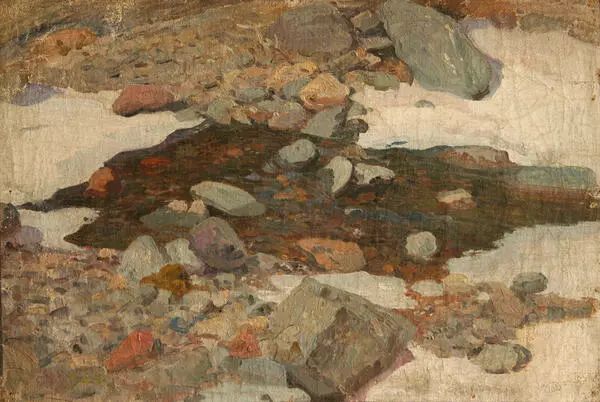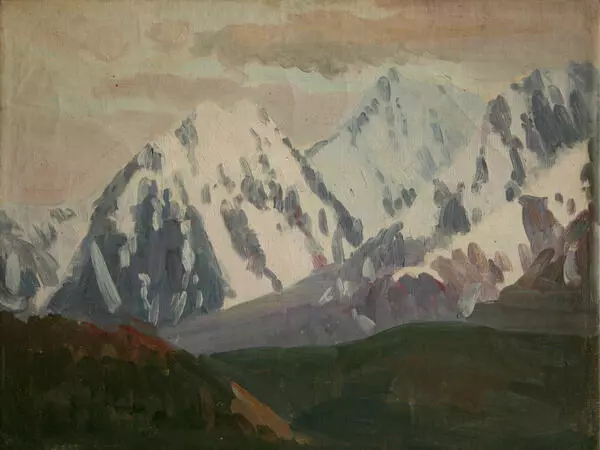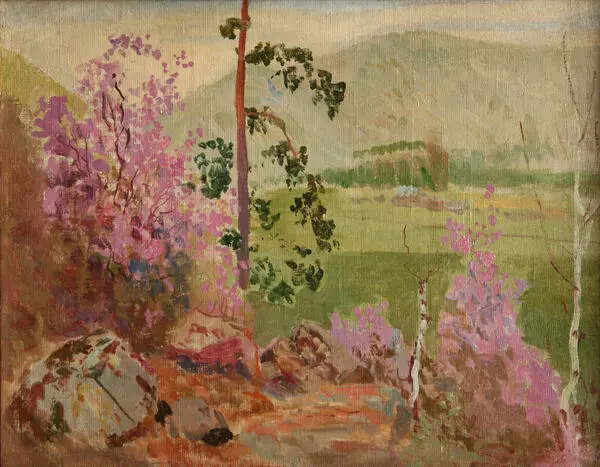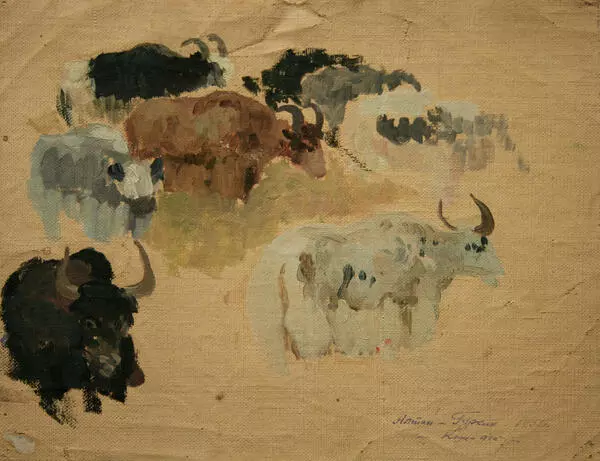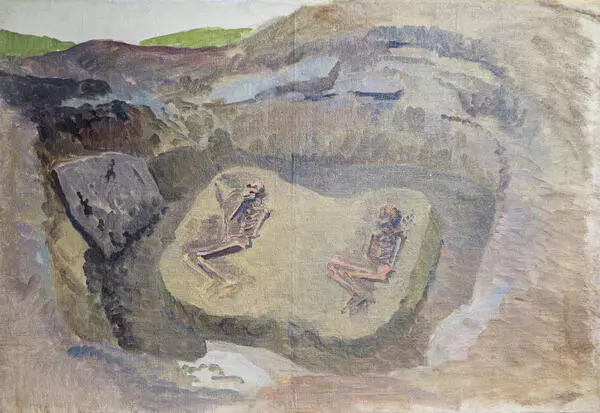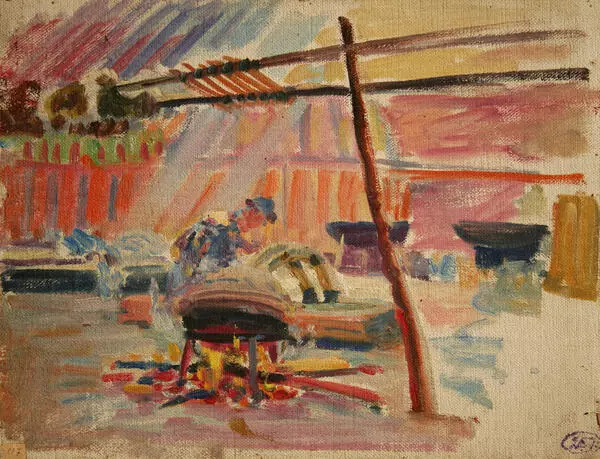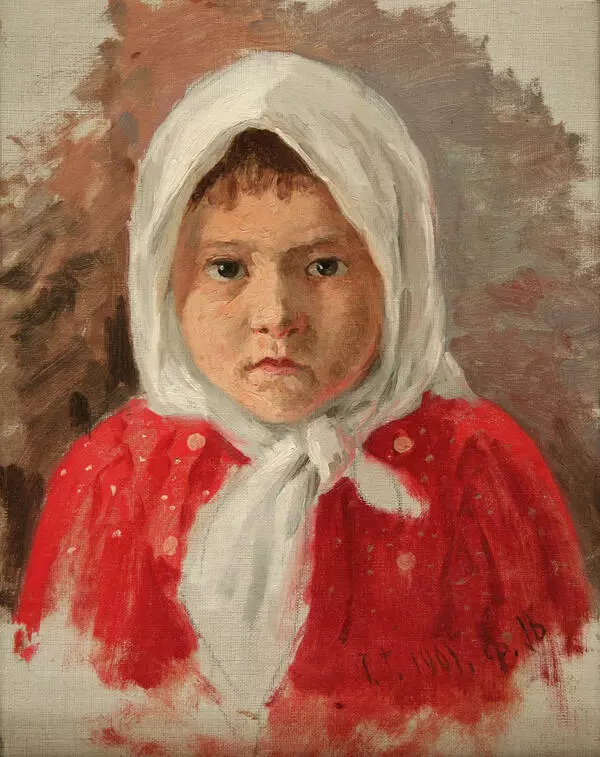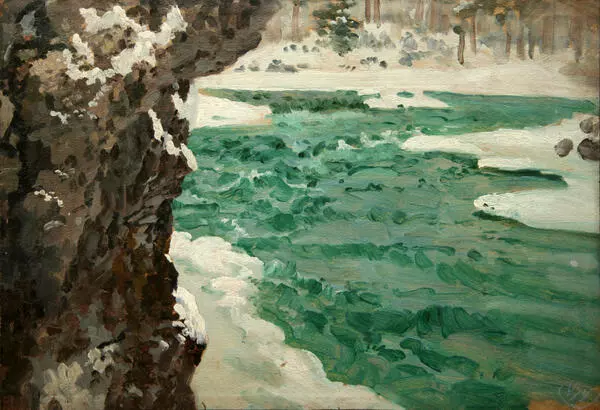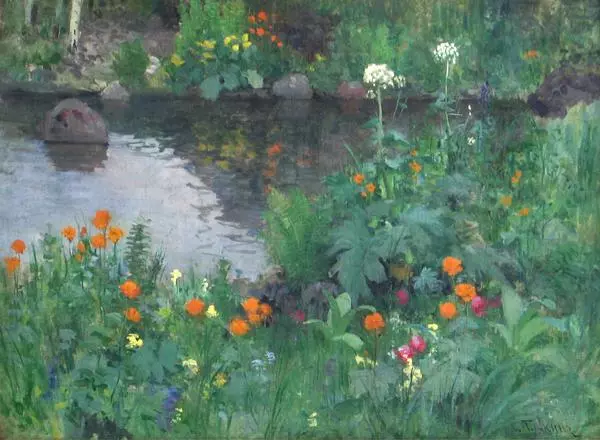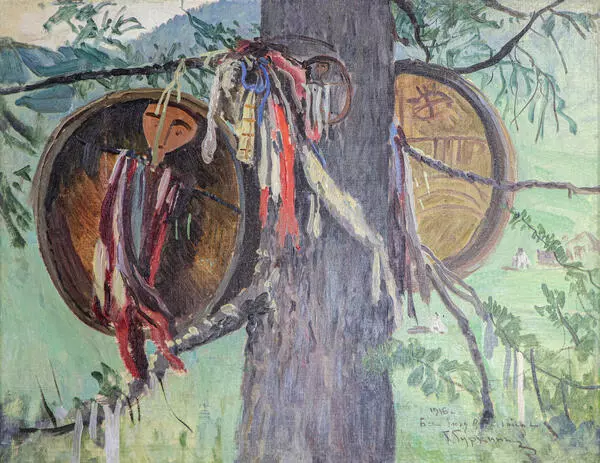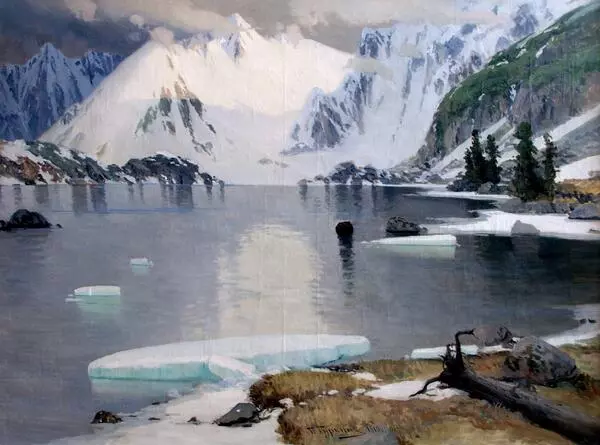Grigory Gurkin was a central figure of the Siberian art scene in the late 19th — early 20th century. He became the first professional artist of Altai ethnic origin. The painter, teacher and collector of folk tales was born in the village of Ulala (presently — Gorno-Altaysk), studied at a school of the Altai Spiritual Mission, worked in icon painting workshops. After moving to St. Petersburg, Gurkin took lessons from Ivan Shishkin, studied at the Imperial Academy of Arts under Alexander Kiselyov.
Khan-Altai
Creation period
1907
Dimensions
160x205 cm
Technique
oil, canvas
Collection
Exhibition
14
Open in app#1
Grigory Gurkin
Khan-Altai
#2
#4
Gurkin managed to coalesce his impressions of his long study of the Altai nature and the life of his native people into one connected whole, to highlight the most fundamental and typical elements in them.
Art critic Vladimir Edokov
#5
The Tomsk Museum houses the painting ‘Khan-Altai’ by Grigory Choros-Gurkin. The master considered it his best work. The author’s versions of this canvas are also displayed in the Altai State Museum of Fine Arts and Anokhin National Museum of the Republic of Altai.
This canvas impressed the visitors at an exhibition held in Tomsk in 1907-1908. The magazine “Niva” wrote:
This canvas impressed the visitors at an exhibition held in Tomsk in 1907-1908. The magazine “Niva” wrote:
#6
…the exhibition was such an extraordinary and outstanding phenomenon that the week, during which it was open, was called The Gurkin”s Week.
#7
The exposition marked, in the words of scientist and traveler Grigory Potanin, the emergence of ‘their own Siberian artist.
#8
The “Khan-Altai” … is not a simple representation of a particular area. This is a composition based on studies created among the eternal snow… The artist wanted to convey the moods that gave rise to a religious feeling in the early inhabitant of Altai; the feeling which still lives today. The artist successfully conveys the mystical element of the Altai landscape.
newspaper “Siberian Life” 1907
#9
Different Altai tribes added “Khan” to the name of their most revered places, especially the so-called ancestral mountains, which they considered the place of origin of their tribe. For example, the sacred place of the Chapty (a local tribe) was Chapty-Khan, and for the Maimans — Yal Menku. They also worshipped the Master of all mountain peaks. The Altaians called him Altai eezi — the spirit of Altai.
In the 1910s, three solo exhibitions of Grigory Gurkin were held in Tomsk. Residents of the city bought almost all of his works and commissioned the artist to make copies of their favorite paintings. That is why his large-scale canvases have been preserved in Tomsk: “Khan-Altai”, “The Crown of Katun”, “Lake of the Mountain Spirits”, “Lake Karakol”, as well as studies he made during his trips across the Altai Mountains. Presently, 18 works of the master are housed in the Tomsk Art Museum.
In the 1910s, three solo exhibitions of Grigory Gurkin were held in Tomsk. Residents of the city bought almost all of his works and commissioned the artist to make copies of their favorite paintings. That is why his large-scale canvases have been preserved in Tomsk: “Khan-Altai”, “The Crown of Katun”, “Lake of the Mountain Spirits”, “Lake Karakol”, as well as studies he made during his trips across the Altai Mountains. Presently, 18 works of the master are housed in the Tomsk Art Museum.
#3
Ministry of Culture of the Russian Federation
read morehide
00:00
00:00
1x
Khan-Altai
Creation period
1907
Dimensions
160x205 cm
Technique
oil, canvas
Collection
Exhibition
14
Open in app
Share
